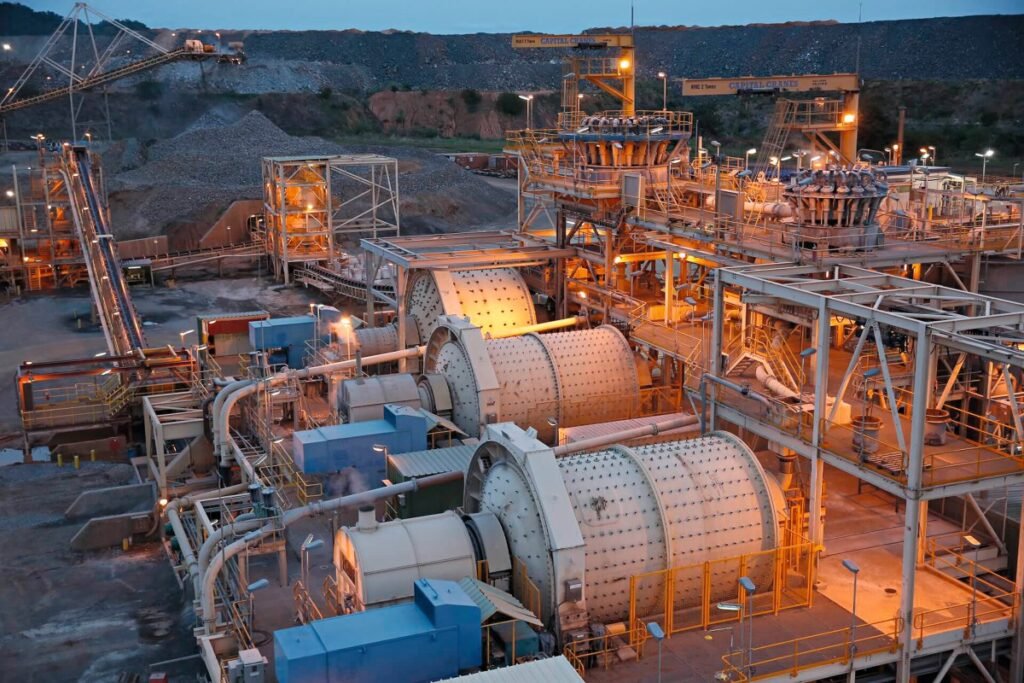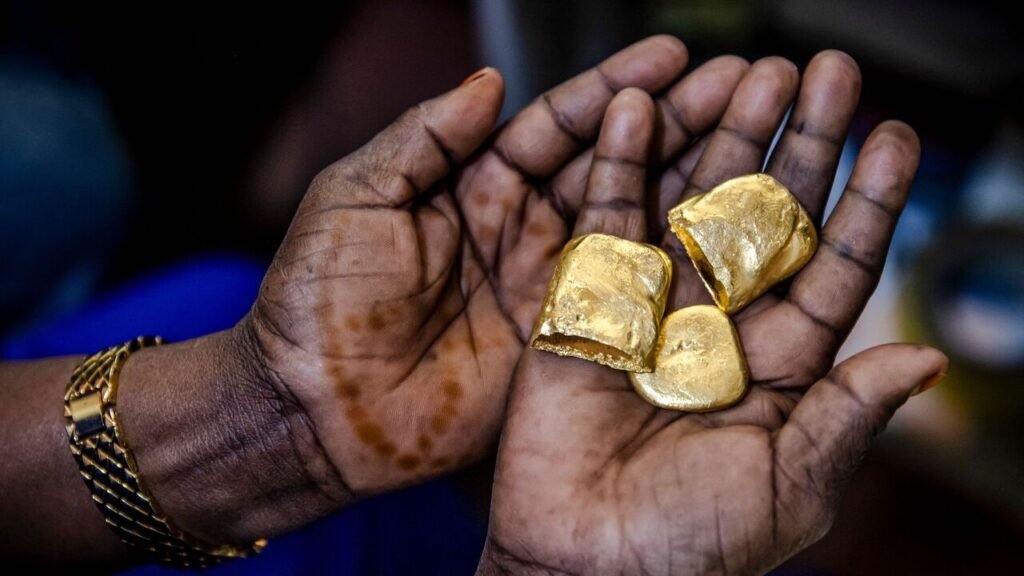Rhino Africa Mining Holdings

Rhino Africa Mining Holdings is an emerging mineral resources company with strategic interests in the exploration and development of industrial minerals, gold, and base metals across Southern and Central Africa . With a focus on sustainable practices, local partnerships, and value creation, the company aims to unlock underexploited mineral assets in geologically rich regions.
Though not a globally listed giant, Rhino Africa Mining Holdings represents the growing class of agile, African-focused mining enterprises advancing responsible resource development.
Who Is Rhino Africa Mining Holdings?
Rhino Africa Mining Holdings (often stylized as Rhino Africa or RAMH ) is believed to be a private mining holding group or project-based entity operating primarily in:
- South Africa
- Zimbabwe
- Zambia
- Democratic Republic of the Congo (DRC)
- Namibia
The company typically functions through subsidiaries or joint ventures, acquiring prospecting rights and advancing early-stage projects toward feasibility and production.
While specific registration details may vary, entities like this are often structured as Pty Ltd (South Africa) or incorporated locally in target countries.
Core Mineral Focus
Rhino Africa Mining Holdings targets high-demand commodities essential for infrastructure, agriculture, and green technologies:
| Limestone & Dolomite | Cement, agricultural lime, steelmaking flux | Limpopo (SA), Zimbabwe |
| Silica Sand | Glass manufacturing, foundry casting | Northern Cape, Namibia |
| Gypsum | Plasterboard, soil conditioner | Gauteng, Free State |
| Gold | Investment, jewelry, electronics | Zimbabwean greenstone belts |
| Copper & Cobalt | Electric vehicles, batteries, wiring | DRC, Zambian Copperbelt |
This diversified approach allows the company to balance risk while capitalizing on both traditional and future-facing markets.
Strategic Projects & Operations
1. Industrial Minerals Expansion
Rhino Africa has shown strong interest in developing:
- High-purity limestone deposits for domestic cement production
- Dolomite resources suitable for agriculture and refractories
- Low-iron silica sand for regional glass manufacturers

These projects support Africa’s urbanization and reduce reliance on imported raw materials.
2. Gold Exploration Initiatives
In partnership with local geologists and communities, the company explores artisanal-to-medium-scale gold prospects using:
- Modern surveying techniques (geophysics, drone mapping)
- Environmentally sound processing methods
- Community benefit-sharing models

Focus areas include historic goldfields in Matabeleland (Zimbabwe) and Mpumalanga (South Africa) .
3. Critical Minerals for Energy Transition
Aligned with global trends, Rhino Africa is evaluating opportunities in:
- Battery-grade graphite in Mozambique-border zones
- Lithium-bearing pegmatites in Zimbabwe
- Cobalt-rich laterites in the DRC extension belt
These position the company for future growth in clean energy supply chains.
Commitment to Sustainability & Local Empowerment
Rhino Africa Mining Holdings emphasizes: ✅ Environmental responsibility – Land rehabilitation, water conservation, dust control
✅ Local hiring and skills training – Prioritizing employment from nearby communities
✅ B-BBEE compliance – In South Africa, supporting Black Economic Empowerment goals
✅ Transparent engagement – Working with traditional leaders and regulatory bodies
Their mission reflects a balance between economic development and social accountability .
Business Model & Growth Strategy
The company typically follows a phased approach:
- Acquire exploration licenses via national mining authorities (e.g., DMRE in SA, Artisanal Mining Committees in DRC)
- Conduct geological surveys and sampling
- Partner with financiers, off-takers, or technical operators
- Advance to pilot production or joint venture stage

This model reduces upfront risk and attracts strategic investment.
Final Thoughts
Rhino Africa Mining Holdings embodies the next generation of African-led mineral development — combining ambition with sustainability. By focusing on essential industrial minerals and strategic metals , the company supports regional industrialization while contributing to global material needs.
As demand for responsibly sourced minerals grows, Rhino Africa stands as a symbol of resilience, innovation, and opportunity on the continent.
Frequently Asked Questions (FAQs)
Q1: Where does Rhino Africa Mining Holdings operate?
A: The company holds interests in South Africa, Zimbabwe, Zambia, DRC, and Namibia , with exploration activities in key mineral belts.
Q2: Does Rhino Africa mine industrial minerals?
A: Yes — including limestone, dolomite, silica sand, and gypsum , used in construction, farming, and manufacturing.
Q3: Is Rhino Africa Mining Holdings publicly listed?
A: No verified listing exists on major exchanges like JSE or AIM. It appears to be a private or project-based entity , possibly structured as a Pty Ltd or consortium.

